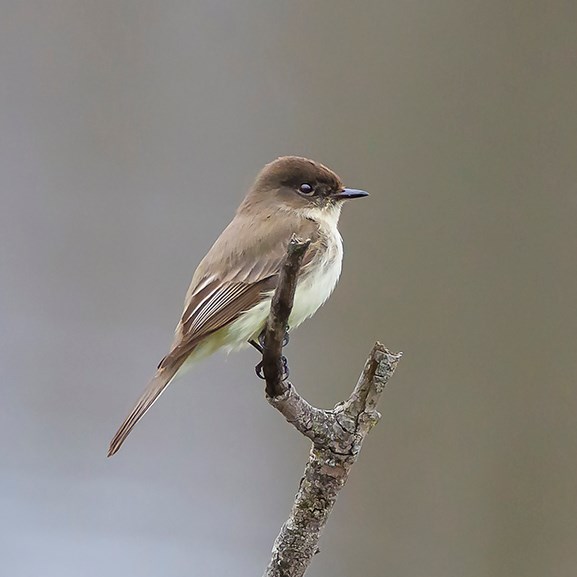The monsoon season has arrived and water shortages have gone into reverse for another year. The warblers, flycatchers and swallows have departed for the south and the juncos, jays and ducks are back for the winter. The world is unfolding as it should.
Sept. 27 was rainy with a big sou’easter blowing up the Salish Sea. Birders all along the Sunshine Coast detected the first day of the fall goose migration with flocks of snow geese, Canada geese and cackling geese seen and heard moving south. The weather did not discourage the birds and in addition to the geese, numerous species of ducks – scoters, wigeon and pintails – were migrating directly into the fierce headwind. Expect the geese flocks to continue for the next three weeks as they vacate their northern breeding grounds for more amenable winter quarters. Perhaps also spend some time contemplating this most visible of bird/animal migrations that has persisted from time immemorial.
The goose migration is quite visible all along the Sunshine Coast, but there is a less well-known movement of raptors at this time of the year. The geese fly indiscriminately over both land and water, but the raptors stick quite closely to our mountain ridges, where they obtain lift from the thermal currents. Consequently, a trip up the logging road is necessary, and over the years birders have found that a reliable location to look for the migrating birds is the clearcut at about 8K on the Wilson Creek Forest Road. This location affords visibility to the east as the birds move along the ridge of the Sunshine Coast to Mount Elphinstone. The best viewing conditions are during clear weather after the passage of a front. Sometimes the hawks come thick and fast, maybe up to 50 birds an hour, but nothing is guaranteed. About 10 species may be seen including vultures, eagles, osprey, accipiters, buteos and falcons.
At low elevations where most of us live, the common wintering birds are appearing including varied thrushes, red-breasted sapsuckers, juncos and sparrows. One bird to listen for at this time of the year (and to see if you are lucky) is the pygmy owl. This bird descends from the mountains in September and October and can be quite vocal at dawn and dusk, which is when it is active. Listen for whistled hoo calls, which may be well spaced or in a rapid series, and usually emanate from the forest, at dusk.
The last barn swallows, Swainson’s thrush and western tanager were all reported Sept. 18/19, so summer is over for another year! Now we can enjoy our winter birds, while remembering that the first spring migrants are only five and a half months away. To report your sightings or questions contact [email protected] of 885-5539. Good Birding.



